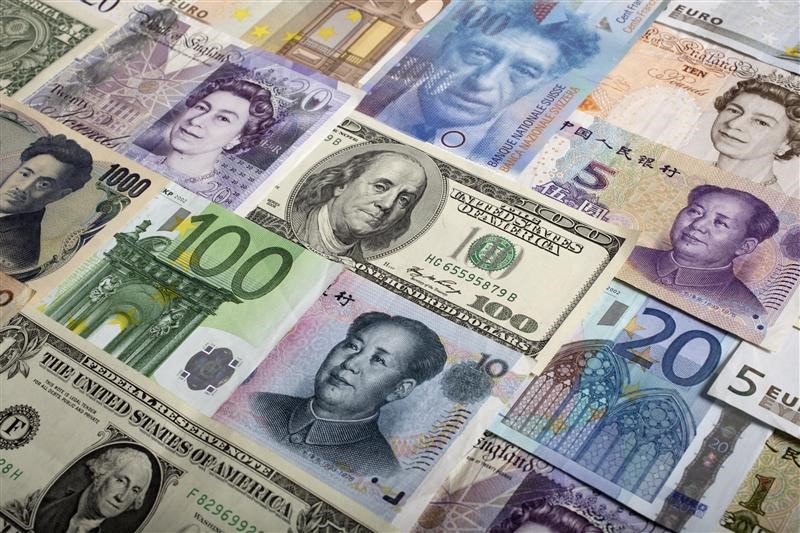By Wayne Cole
SYDNEY, June 27 (Reuters) - The Australian and New Zealand dollars crept cautiously higher on Thursday as risk appetite was encouraged by a report the United States and China had tentatively agreed on another truce in their extended trade dispute.
The South China Morning Post quoted sources saying U.S. President Donald Trump would announce a delay on additional tariffs after a meeting with Chinese President Xi Jinping at the G20 leaders summit in Japan this weekend. said markets had set the bar very low for the meeting, so even a vague hint of progress was a relief.
The Aussie AUD=D3 firmed to $0.6996, bringing gains for the week so far to 1%. That marked a solid rebound from the recent five-month trough of $0.6832, but bulls need to clear a major chart barrier at $0.7025 to keep the rally going.
Bonds ran into profit-taking on the report, with Australian three-year futures YTTc1 retreating 6 ticks to 99.060.
The kiwi NZD=D3 was up at $0.6678, having touched a two-month top of $0.6693 overnight after the Reserve Bank of New Zealand (RBNZ) skipped a chance to cut interest rates.
Yet the RBNZ was clear that another easing was likely given the uncertain outlook for global trade and its impact on business investment. are already at a record low of 1.5% after a quarter-point easing in May.
"The latest increase in U.S. tariffs on China was implemented shortly after the RBNZ's May statement," noted Paul Bloxham, HSBC's chief economist for Australia and New Zealand.
"It's a strengthened signal that another cut is coming, most likely soon, unless there is a marked improvement in the global outlook. We expect a 25 basis-point cut at the next meeting, in August."
A survey of New Zealand businesses showed the strain, with a net 38.1% of respondents expecting the economy to deteriorate over the year ahead, up from 32% in May. Reserve Bank of Australia (RBA) is now considered likely to cut rates again at its next policy meeting on July 2, taking them to an all-time low of 1%. RBAWATCH
Futures 0#YIB: are also priced for a further move to 0.75% by year end, with even a small chance of a drop to 0.5%.
Marcel Thieliant, a senior economist at Capital Economics, noted the RBA was aiming to drive unemployment down to 4.5%, from the current 5.2%.
"That means that aggressive easing will be needed to meet the RBA's full employment target," he argued. "We now expect rates to fall to 0.50% by early next year."
And it might not end there.
"While it is not our central forecast, there is a good chance that the RBA will be forced to use unconventional monetary policy tools at some point," said Thieliant. (Editing by Jacqueline Wong)
